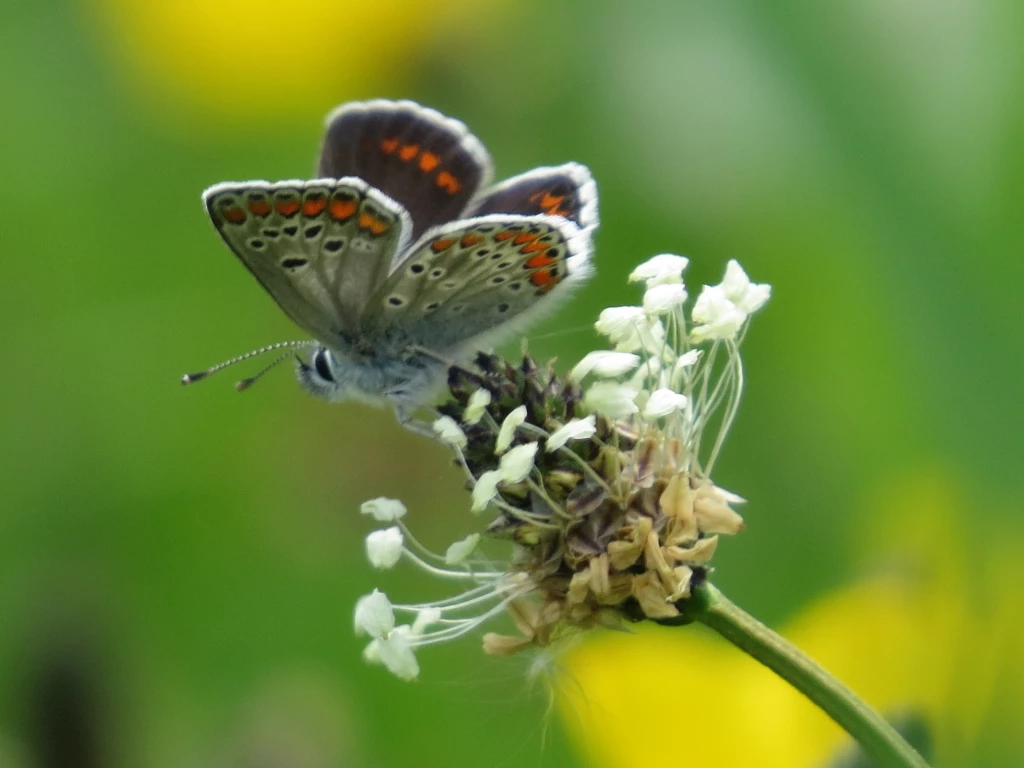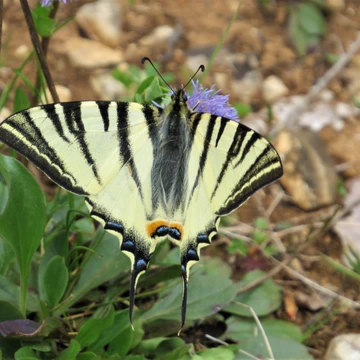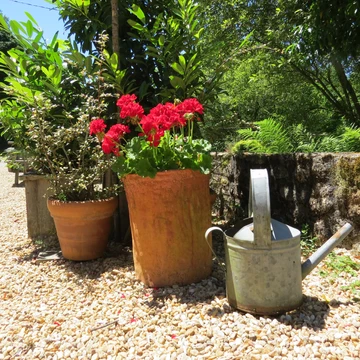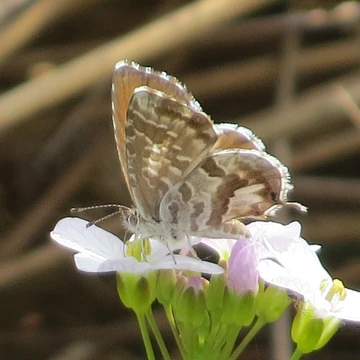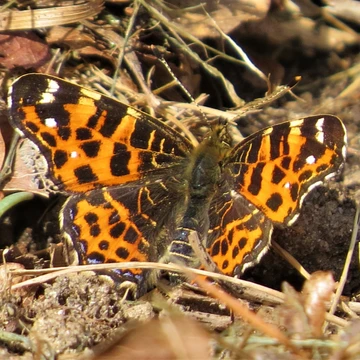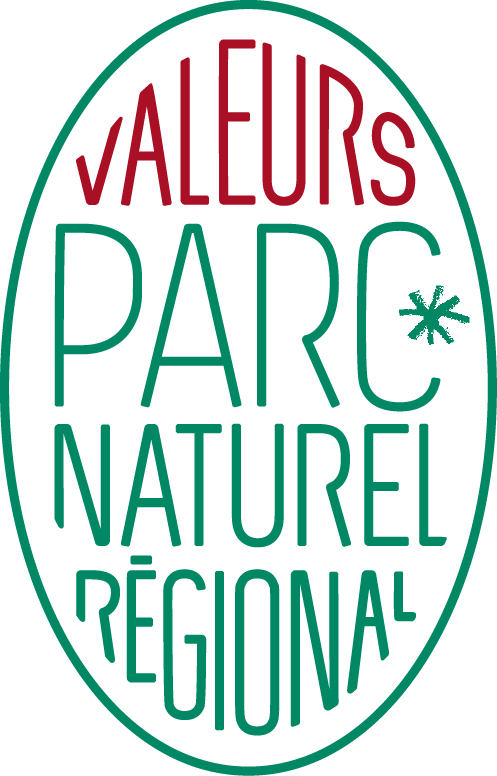Le Moulin de Pensol: the perfect holidays for Butterfly Enthusiasts
We offer the perfect holidays for Butterfly Enthusiasts here at Le Moulin de Pensol. There are 64 species of butterflies in our gardens and grounds. The wildlife of the wider Parc Naturel Régionale Perigord-Limousin really is outstanding too.
Our butterfly highlights
We’re feeling a bit glum and at a loose end here at the mill. Our last guests of the main season left the other day, and though we have lots to do, we feel a bit deflated and flat after such a busy and fun summer.
It does give us a bit more time to do lots of much neglected paperwork, though. As a displacement activity to distract me from what I was supposed to be doing (paying my taxe fonciere) I started writing an article for a Butterfly Newsletter which will come out in the spring.
Nik began sorting through the beautiful photos he took during the summer and to cheer everyone up I thought you might like to review some of our butterfly highlights.

An embarrassment of fritillary species at Le Moulin de Pensol
There is an embarrassment of fritillary species at Le Moulin de Pensol. Our first glimpse of just what a magical piece of land we had acquired came from one of these.
One day while walking the dogs on one of our fields, we noticed groups of hairy black caterpillars in clumps. There were perhaps 100 clumps, each containing about 200 caterpillars. Closer inspection revealed they had bright red eyes. We took to the internet to identify them, and the hive-mind of Twitter and Facebook soon revealed them to be the caterpillars of the Glanville fritillary butterfly.
We were so excited we woke in the night worrying about them during sharp thunderstorms. This year the population is even more extensive, and we have learned to tell them apart from our other fritillaries – heath, false-heath, queen of Spain, silver-wash, pearl-bordered (and small pearl-bordered), false meadow, weavers and knapweed!


In France, we find them out in the meadows, and to me, they seem to show up in the field as intensely chequered and more orange than yellow and brown. In fact, I often say to Nik, “what’s that fritillary” – only to have him roll his eyes and reply “speckled wood again”.
I am told that this is because we have the southern European version here, but it looks like a completely different species to me.
Some of my favourites are not large and showy and must be courted and watched quietly for some time before giving up their significant but more subtle charms. The small coppers are just so beautiful. The third flight at the end of the summer always seem so tiny and intensely copper coloured they are like tiny flying brooches.
I think one of the best butterfly photos Nik has ever taken was of the humble ringlet. Its “eyes” show up so beautifully against the brown of its underwings. Sometimes the meadow browns and walls demand you pause and watch them in the meadows. Frumpy and brown as they may look in the ID books – in the field when newly emerged, they are beautiful.
The blues are all delightful. At the end of the summer, they gather together on the large clumps of Michaelmas daisies that we grow just for this purpose, and if you brush past them, they rise in a cloud of fluttering blue, like petals.
Mazerines are out at the moment as I write (in late September), and while it’s difficult to pick a favourite, this is definitely a contender. The females sit on a flower, with their wings outstretched, soaking up the last of the summer sunshine and lull you into thinking they are dull brown.
Then a lazy, insouciant flap of the wings makes them shimmer and pulse with a metallic blue sheen, like the chameleon paint jobs that were all the rage on concept cars about 20 years ago. Or that dress on the internet where you couldn’t tell if it was one colour or another.


Mazarine. Is it blue, or is it brown?
We have seen the odd geranium bronze this year too. Interesting, as they are not native to this country (rather like ourselves), but like us enjoy its climate and abundant pelargonium geraniums. A sweet, small curiosity of a butterfly.
I have also been fascinated by the maps. I had never heard of this species in the UK; they are everywhere here.
Confusingly changing their patterns drastically from first to second brood, then varying the pattern again for the third brood. To my eyes, the first look a little like tortoiseshells or commas, predominantly orange.
The second flight is entirely different, and you would swear they were a different species, much more like white admirals. The map pattern from where they get their name is very striking and visible only on the first brood form on the underside of the wings.
An exciting spot of a large copper last year brought the number of species we have seen in our garden and grounds to 60. This felt like an important number to us as we were aware that there are 59 species which are resident or regularly recorded in the UK.
So we could now say that we can see more species in our gardens and land than in the whole of the UK!
Butterfly conservation
With this abundance of butterflies comes great responsibility. We want to conserve and increase the number of species we have on our land and the populations of each species.
I used to work with farmers in the UK, trying to get them to farm in a more environmentally sensitive way. We would take them out onto their land in January and February and ask them, “where are your pollinators now”. The point of this was that everyone is keen on butterflies in June and July, but of course, unless you give them a place to overwinter and complete their life-cycle, you don’t get to enjoy the good bit of watching the adults in the summer.
At Le Moulin de Pensol we try and make sure that throughout our land, we have appropriate food plants, nectar plants and lots of safe places for butterflies to overwinter and pass on to the next stage of the life-cycle, whether as an egg, larva, pupa or adult.
Come and enjoy the perfect holidays for Butterfly Enthusiasts here at Le Moulin de Pensol.

